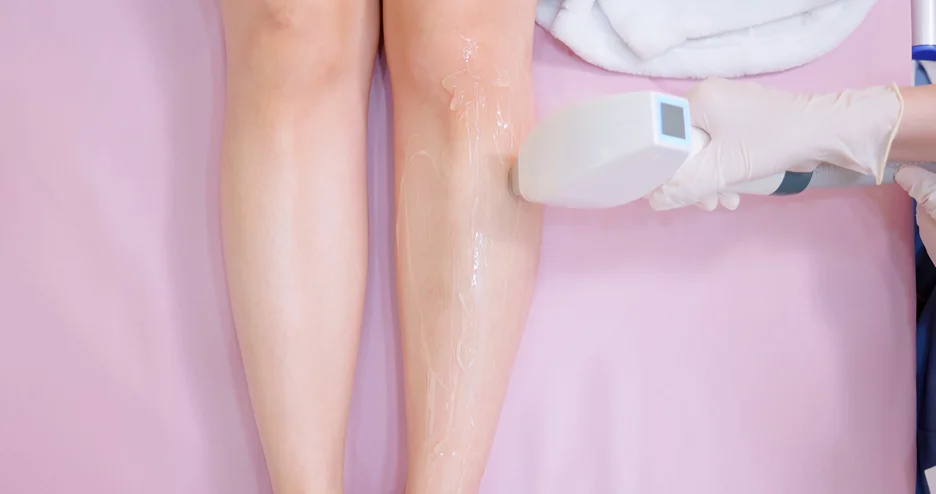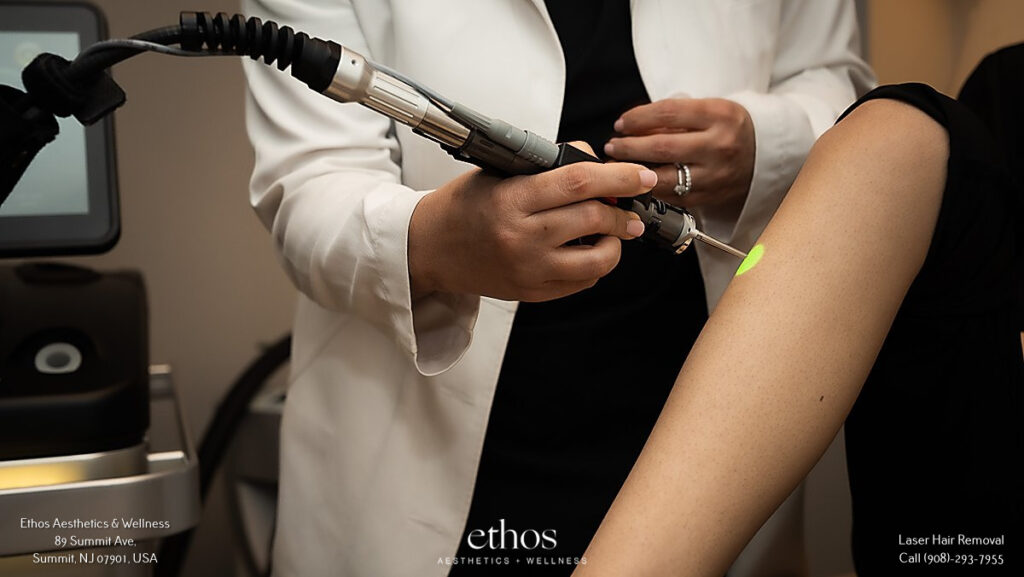Laser hair removal is an effective and popular way to achieve smooth, stubble-free skin. But like any procedure targeting the sensitive skin and follicles, it can cause some pain and discomfort. Using a topical numbing cream can significantly reduce the sting of laser pulses. Let’s explore the options for maximizing your comfort during laser hair removal treatments.
What is Numbing Cream?
Numbing creams, also called topical anesthetics, contain active ingredients that provide temporary pain relief and numbness when applied to the skin. The most common active ingredient is lidocaine, available in varying strengths depending on the product. Lidocaine works by blocking the nerve signals that communicate pain and sensation from the treatment area to the brain.
Other common numbing or anesthetic ingredients include prilocaine, benzocaine, and tetracaine. These creams come inFormats like gels, ointments, sprays, and patches. Stronger prescription numbing creams may contain up to 25% lidocaine, while over-the-counter options typically offer 2% to 10%.
How Does Numbing Cream Work for Laser Hair Removal?

Numbing creams provide localized pain relief to the application site, making laser hair removal more comfortable. When applied before a session, the active ingredients have time to absorb through the outer skin layers and reach the underlying nerves. This reduces pain signal transmission during the laser pulses. Patients report the pulses feeling like brief pinches or rubber band snaps rather than sharp burning sensations.
The numbing effect also allows technicians to use higher energy settings to maximize the laser’s effectiveness at destroying hair follicles. This improves results, especially for sensitive areas like the upper lip, bikini line, underarms, and Brazilian zone. Treatments on numbed skin are better tolerated, with less risk of moving or flinching that can interfere with precision targeting of the laser.
How to Use Numbing Cream Prior to Laser Hair Removal
To enjoy the optimal benefits of pain relief, numbing cream should be applied 30 minutes to 1 hour before your scheduled laser session. This gives the active ingredients like lidocaine time to take full effect. Follow these tips:
- Clean and dry the treatment area thoroughly before applying the numbing cream.
- Apply a thick layer, covering about 1/8 to 1⁄4 inch thicker than the area to be treated.
- Rub the cream thoroughly into the skin until no longer visible.
- Cover treated area with plastic wrap or dressing to prevent absorption into clothes.
- The technician will remove the numb cream right before starting the laser treatment.
What Strength of Numbing Cream Should I Use?
The ideal numbing cream strength depends on the size of the area being treated and your individual pain tolerance. Lower strength creams with 2% to 5% lidocaine are suitable for small spots like the upper lip or chin. For Brazilian laser hair removal, stronger 10% lidocaine or higher is recommended to withstand the higher pain of treating larger sensitive areas.
Where Can I Buy Numbing Cream Over the Counter?
Numbing creams are available over the counter without a prescription at most drugstores and online retailers like Amazon and Walgreens. Look for recognized anesthetic ingredients like lidocaine or benzocaine on the active label and check reviews for effectiveness. Prices range from $10 to $50 depending on brand, ingredients, and strength.
Custom compounded numbing creams require a doctor’s prescription but offer precise concentrations and combinations tailored to your needs. Discuss your options with your dermatologist or laser technician for a personalized recommendation.
Potential Side Effects and Risks
When used correctly, numbing creams provide safe topical analgesia for laser hair removal. However, some potential side effects include:
- Skin irritation, rash, or swelling – do a patch test before full application.
- Numbness lasting longer than expected – choose lower strength creams.
- Avoid contact with eyes and mouth.
- Interactions with certain medical conditions or medications like heart disease and anti-arrhythmics.
Consult your doctor before using if pregnant, breastfeeding, or have any concerns about interactions. Proper usage under medical supervision makes numbing creams a well-tolerated option for better laser hair removal experiences.
Who Should Not Use Numbing Creams?
You should avoid numbing creams if you have:
- Allergy or sensitivity to lidocaine, prilocaine or other ingredients.
- Certain heart conditions, liver or kidney disease.
- Glucose-6-phosphate dehydrogenase deficiency.
- Broken, damaged or traumatized skin in the treatment area.
Pregnant and breastfeeding women should also use caution and consult their doctor before using. Numbing creams offer safe topical pain relief when chosen and used carefully for laser hair removal.
In Summary

Numbing creams can significantly improve comfort during laser hair removal treatments. Look for proven topical anesthetics like lidocaine and properly apply to treatment areas around 30 minutes before your session. Follow dosage and usage instructions carefully and consult your provider on any concerns or interactions. With the right numbing cream and application, you can better tolerate the laser pulses and achieve smooth, lasting results.







